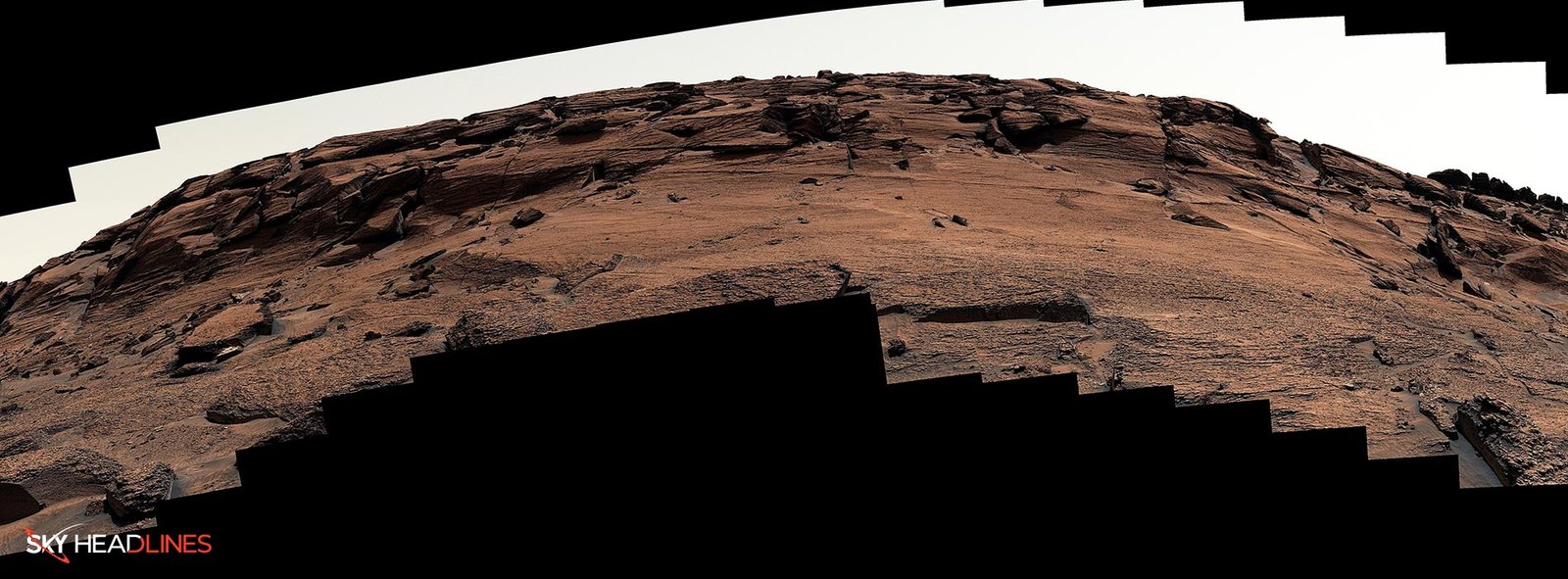News:

Curiosity Rover Imaging East Cliffs
Curiosity rover used its Mast Camera (also called Mastcam) to take the photo. The East Cliffs are on a hill on Mount Sharp. The hill has lots of cracks that naturally open in it. One of the cracks is about 12 inches tall and 16 inches wide – about the size of a small door for a dog. These cracks can often be found in bedrock on both Earth and Mars.
Curiosity is studying a part of Mount Sharp because scientists think it might show signs of a big change in Mars’ past. They believe Mars used to be much wetter and then became much drier.
Curiosity rover reached the rocks that make up Mount Sharp itself in September of the current year. Something that discovered by mars rover was an entirely novel sort of rock that emerges when minute sedimentary fragments gradually settle down inside a lake, creating muddy layer at the lake’s bottom.
Facts of Curiosity Rover
Curiosity, a NASA rover, was the biggest and most sophisticated spacecraft ever dispatched to Mars at the moment of its launching. The Mars Scientific Lab (MSL) of NASA includes the car-sized rover. The continuing purpose of it is to investigate the possibility of prehistoric habitation and existence on Mars.
Curiosity Rover and Mars Mount Sharp
Following its arrival on Mars on August 6, 2012, Curiosity rover has spent 3857 sols (or an aggregate of 3963 days) there as of June 13, 2023. It has been investigating Mount Sharp’s sides from September 11, 2014, in hopes of discovering additional details about Mars’ past. The Curiosity discovered that the chemical makeup found on ancient Mars was favourable for supporting live bacteria. Sulphur, nitrogen, oxygen, phosphorus, and carbon were all present in the granular samples that Curiosity extracted from the “Sheepbed” mud stone in Yellowknife Bay, which are essential elements for existence.
Curiosity Rover’s Images Analysis

The main photo by Curiosity rover we can see was made from 113 different pictures. All these photos were taken with the left lens of the Mastcam. The photo has been adjusted to make it look like what we would see with our own eyes on Earth in the afternoon.
Another photo, labeled Figure A, shows the same scene in more detail. This photo was made from 114 pictures taken with Mastcam’s right lens. In this photo, the word “door” is marked to show the crack that looks like a dog door.

Figure B by Curiosity rover is a special kind of 3D photo called an anaglyph. This photo shows the same landscape as Figure A but can be viewed with red-blue glasses to make it look 3D.

Then, there is another image by Curiosity rover, Figure C that is also a 3D anaglyph, but it’s a close-up shot of the “dog door”-shaped crack.

Figure D is just like Figure C, but it has labels. The labels show us how wide, tall, and deep the crack is.
The Jet Propulsion Laboratory in Southern California built curiosity. This lab also leads the mission, while the Science Project Directorate in Washington, DC, oversees the whole project. The Mastcam by Curiosity rover, which took all these pictures, was built and is managed by Malin Space Science Systems in San Diego.





